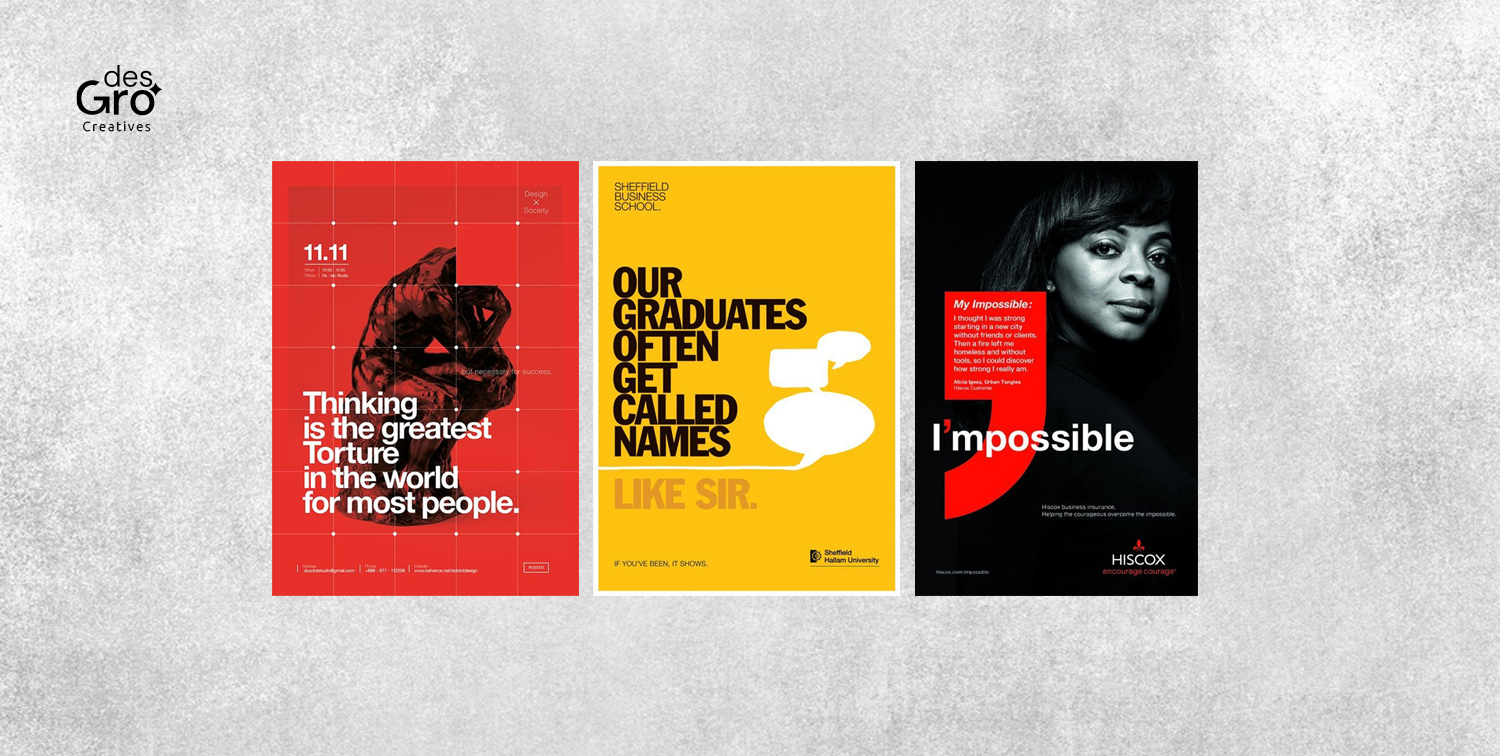Believe it or not, colors possess within them the power to change perspectives by building a connection on a deeper level. But putting together random colors won’t do the work. Apparently, there is a whole branch of study dedicated to the effects of colors on human emotions and perceptions, which we call ‘color psychology’. This blog, through the lens of color psychology, will help you understand the impacts that colors can have in the field of marketing.
Many of us might have personally experienced the impact of the product covers and designs on persuading us to buy that particular product. And among other factors, its color scheme plays an essential part in convincing customers to purchase the product. Colors are beyond simple visual appeal entities. They act like bridges, connecting the buyers and the sellers emotionally. According to color psychology, every distinct color has distinct attributes or emotions associated with it. Different colors are said to be capable of triggering different emotions in the consumers. For instance, the color red is typically linked to appetite, while the color blue frequently symbolizes security, the color orange fosters excitement, and so forth. Gaining insight into these characteristics of colors can greatly aid in the success of marketing.
Colors speak volumes without words, and many brands employ color psychology to get the precise psychological response they want from their customers. This approach seems to be very effective as well. Warm colors can evoke a sense of urgency or emergency, making them suitable for calls to action and promotional campaigns. Cool colors, on the other hand, build a sense of serenity or dependability, thus making them appropriate for corporate branding.
Colors within cultural contexts
While applying color psychology in marketing, it is necessary to be aware that the emotions or attributes linked with colors can vary within different cultures. Let's examine this using the diverse cultural connotations that black color has in English and Indian societies. In English culture, black is frequently linked to elegance, beauty, and sophistication. It is a typical color for formal wear and is frequently employed to imply authority and power. While in Indian tradition, black is regarded as an unlucky color and is frequently connected to mourning. It is generally avoided on joyous occasions and festivities.
Isn’t it crazy how the same color can end up having completely contradicting meanings in different cultures?
Therefore, it becomes crucial to first comprehend what a certain color means in the culture wherein the marketing is to be done.
Color psychology is the paintbrush that marketers use to incorporate sentiments, impressions, and brand identities to the complex tapestry of marketing.
Attributes of certain colors
Let's examine the significance that various colors have on marketing and the impressions they leave on consumers.
- Red
The color of appetite. Employed by fast-food chains. It gives off a feeling of urgency and is often connected to intensity and enthusiasm. The color has a lot of vibrancy and grabs attention right away. Physically activates the body, influencing nerve impulses and increasing the heart rate and blood pressure.
- Green
Often linked to peace, nature, and well-being. Connected to riches and affluent individuals or businesses. The color is utilized in stores to help shoppers calm. Mostly employed to promote environmental causes. Green promotes emotional and physical balance maintaining a sense of harmony.
- Blue
Related to tranquility, water, and dependability. Gives a person a sense of security and encourages brand trust. It increases the brand output. Provides the mind with peace and offers a feeling of space and tranquility. Usually considered to be a sign of maturity.
- Yellow/ Orange
Raises optimism and happiness. It gives out a feeling of excitement. Usually utilized to attract impulsive buyers and window shoppers. The color encourages fervor and activates the brain's logical center. When utilized frequently, it may induce anxiety.
- White
Connected to sentiments of safety, cleanliness, and purity. White can be used to convey neutrality or the lack of color. It provides a blank canvas, thus can be used to inspire creativity.
- Black
Mostly connected to strength, stability, dominance, and authority. Represents intelligence. Frequently employed to reduce the size of an item's presentation. Might easily overwhelm individuals if utilized excessively.
- Purple
Correlated to respect, wisdom, and nobility. Encourages creativity and stimulates the part of the brain responsible for solving problems. Often used in cosmetics and anti-aging items. Symbolizes a brand, service, or product that is clever, inventive, and creative.
- Gray
Represents sentiments of pragmatism, ageless elegance, and companionship throughout life. Having too much gray can make you feel empty. Even though gray is a pleasant color, it can evoke feelings of frailty and aging.
Designing brands through colors
A brand's identity can be considerably strengthened by selecting specific colors and applying them consistently in all marketing materials. Whenever we think of established brands, it is the colors they employ in their advertising that we immediately connect with. Think of Starbucks. Your mind gets instantly reminded of the green color used in its logo. With time, we associate the color with the brand itself, creating the brand’s identity through this very color. The use of this color infiltrates a sense of relaxation in the minds of the consumers, thus inviting them to reduce stress with their coffee.
Even though each color has a distinct significance, color combinations are equally important. To guarantee a visually appealing and cohesive message, marketers should take color harmony into account when creating designs. Some of the best techniques for producing aesthetically appealing marketing materials are monochromatic palettes, complementary contrasts, and analogous color schemes.
In order to elicit particular reactions from customers, colors are used strategically. For example, using orange or red buttons for "Subscribe" or "Buy Now" might increase conversion rates by evoking an emotion of urgency. These color selections have strong psychological underpinnings that affect how customers behave. Given the fleeting attention spans of the internet generation, colors play an even more vital aspect of marketing campaigns. For internet pages, online social networking visuals, and digital advertisements to draw in and hold users' attention, color selections must be carefully considered.
Color psychology is the paintbrush that marketers use to incorporate sentiments, impressions, and brand identities to the complex tapestry of marketing.The deliberate use of color transcends aesthetics and influences how people relate to and recall businesses by reaching into their subconscious. Despite the constant changes in the marketing industry, organizations may still benefit from knowing and using color psychology as a key component of successful campaigns.


